
Margaret Sikora
Chief Operating Officer at Woodpecker.co
Product Manager and DPO at Woodpecker. A lawyer who gets the SaaS business, understands customers' needs, and speaks the language of IT guys.
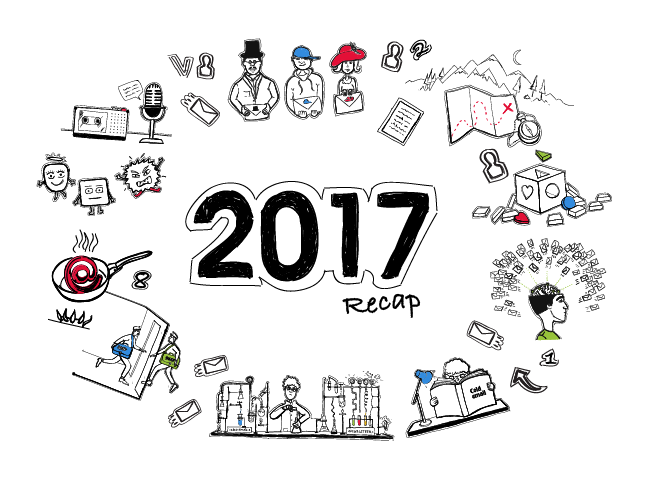
I don't know how it works at your company, but lately, I've realized that at Woodpecker we usually run ahead and we hardly ever have time to look back. And that's a shame, really. Sometimes it's good to look back and realize how far you have gone. That may give you a broader perspective and some fresh energy. I took a look at 2017 and it turns out it has been a fantastic year. It was so thanks to you, our dearest customers, partners, blog readers, and friends. I've put together a little recap here, so you could see for yourselves what we can be really grateful for at Woodpecker.
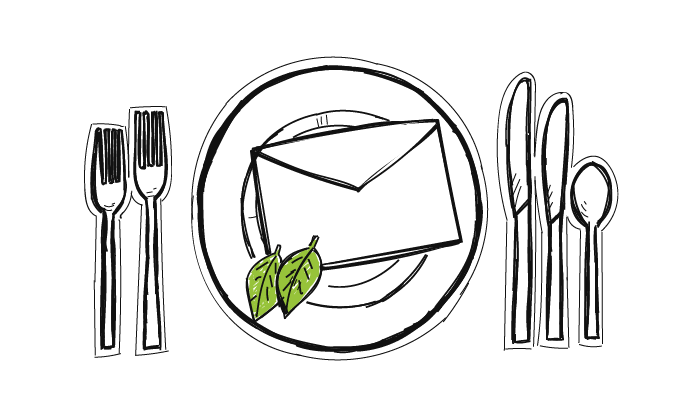
Although for many of us writing an email comes without much difficulty, it may be beneficial to stop, review what we've written and thought how others may perceive it. As we'll see in this post, we may commit a blunder without even knowing. Gloria Kopp authored a blog post for us about typical email faux-pas.
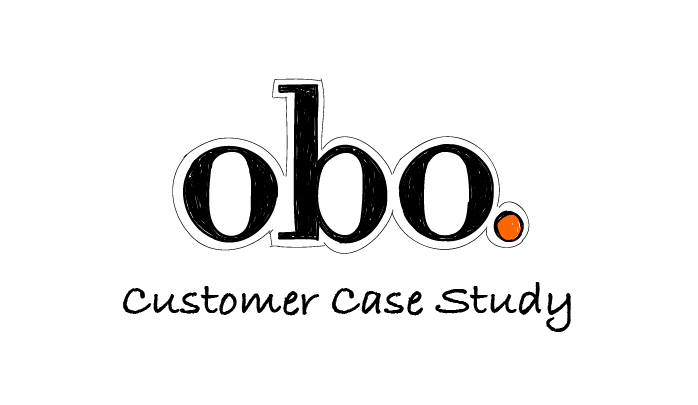
Two weeks ago, I wrote here about the 65 interviews we've carried out among our customers. Today I want you to meet one of them. Doug Puccetti, Business Solutions Analyst at OBO Agency, has told me the story of how they found Woodpecker, fell in love with our agency panel, and became one of our most successful users. Read on to find out how they've managed to triple their clients pipelines using Woodpecker for email automation.
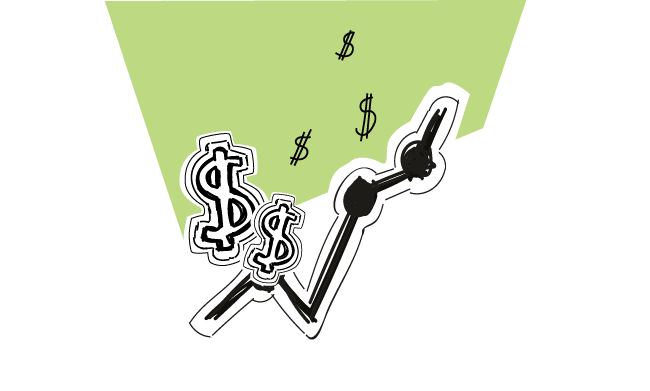
Recently, I had a pleasure to talk to Matt from picksaas.com, an online company focused on finding useful cloud apps for businesses. He asked me about growing Woodpecker to +1000 customers, and about what cloud applications help us grow. Read the interview below.
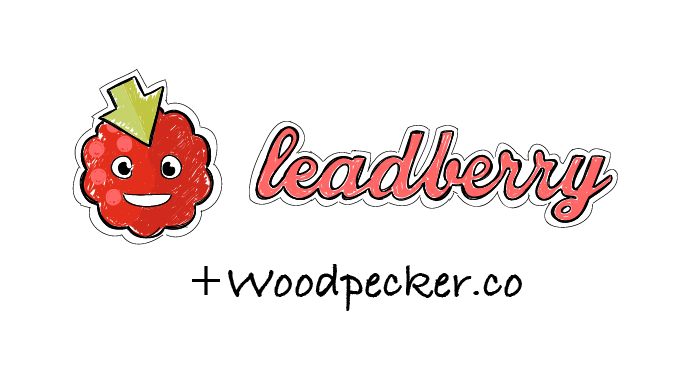
There's a group of prospects that visit your website at least once but they don't take any action whatsoever. They don't sign up for a free trial, they don't sign up for a newsletter. Sometimes they might do that out of distraction, heavy workload, or absent-mindedness rather than them not liking your offer. Zoltan Gero, our guest writer for today, believes it's a perfect reason – a trigger – to contact those prospects by sending them a not-so-cold email campaign. He describes a step-by-step process of contacting those companies using Leadberry and Woodpecker integration via Zapier.
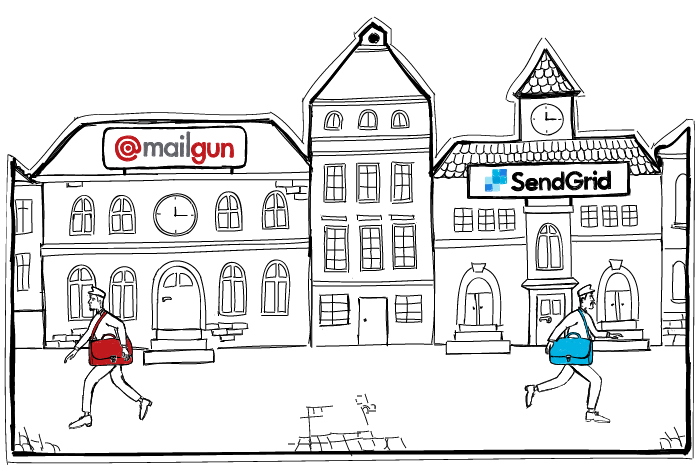
We've recently launched an option to connect an external SMTP from two email delivery providers: Mailgun and SendGrid. If you have been using one of those services to send your business emails, now it's easier for you to connect your SMTP to Woodpecker. If you haven't been using those, and frankly have a hazy idea what it is all about, you may want to learn more from this post. Either way, keep reading to find out when it makes sense to use Woodpecker's integrations with Mailgun and SendGrid and how you can actually benefit from that.